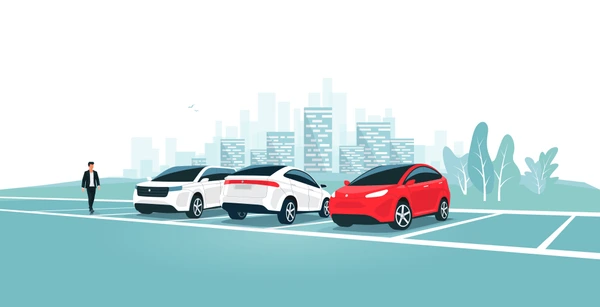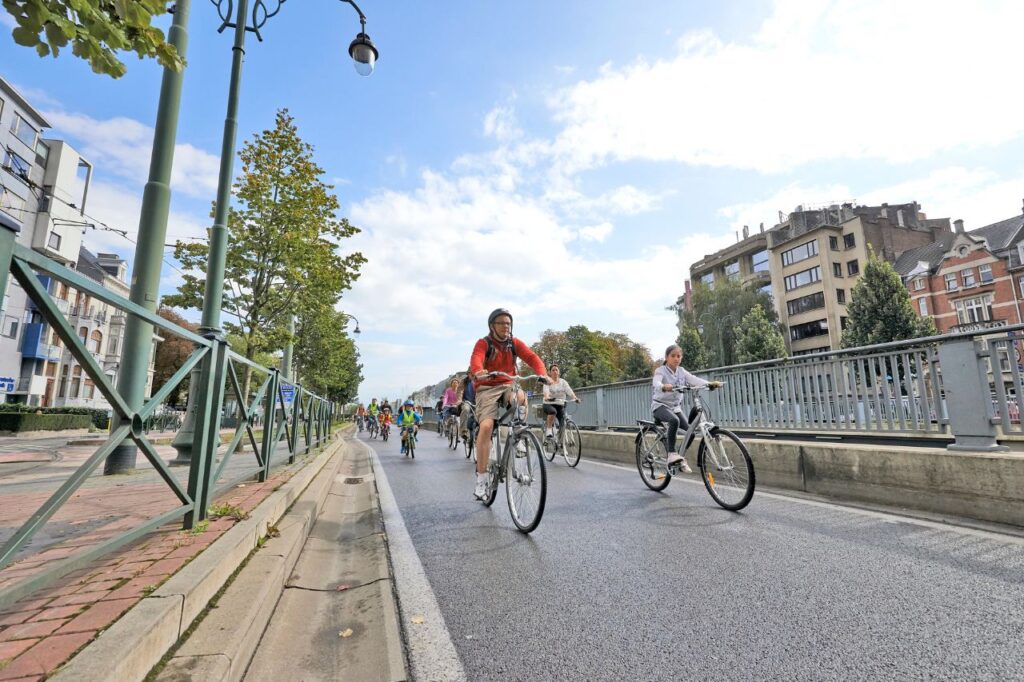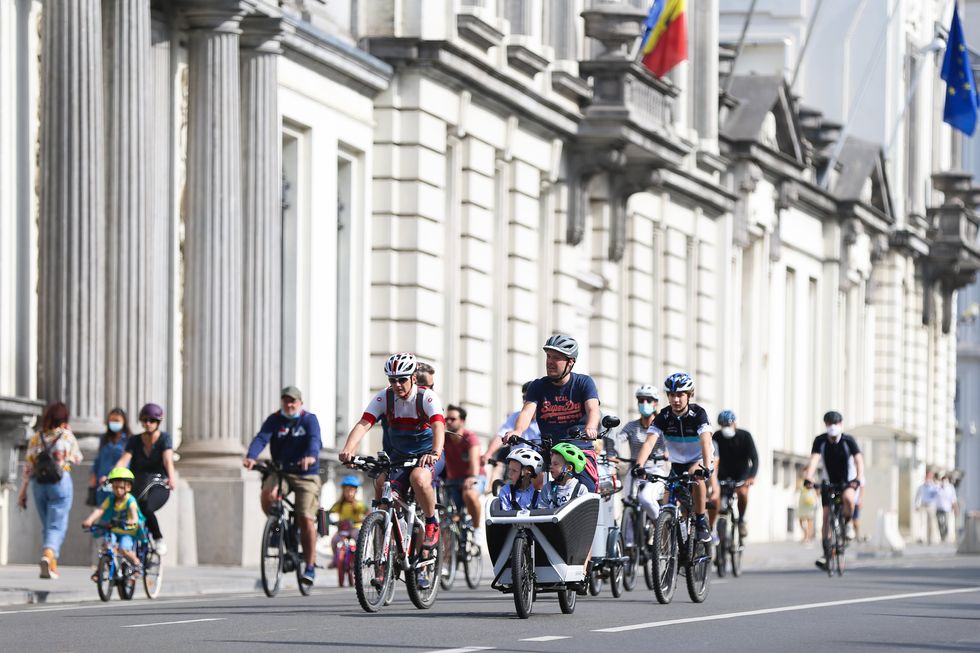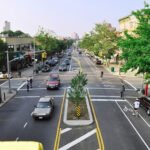In cities around the world, car-free zones are reshaping how we think about mobility, community, and quality of life. These pedestrian-first areas prioritize people over vehicles, transforming once congested streets into vibrant, walkable public spaces.
But what exactly are car-free zones, and why are more cities adopting this bold approach to urban design? Let’s explore the definition, benefits, real-world examples, and how you can support car-free initiatives in your community.
🧭 What Are Car-Free Zones?
A car-free zone is a designated area where motor vehicle access is restricted or prohibited, giving priority to pedestrians, cyclists, and public transport. These zones can range from temporary closures (like weekend markets or festivals) to permanent pedestrian districts in the heart of a city.
Common Types of Car-Free Zones:

- Pedestrian plazas
- Historic districts
- School streets (closed during school hours)
- Transit malls (for buses, trams, and bikes only)
- Eco-friendly urban cores
🌟 Key Benefits of Car-Free Zones
1. Cleaner Air and Lower Emissions
Fewer cars mean less air pollution. Car-free areas significantly reduce carbon dioxide, nitrogen oxides, and particulate matter—improving respiratory health and climate resilience.
2. Safer Streets
With no cars, the risk of pedestrian injuries or fatalities drops dramatically. Children, the elderly, and people with disabilities benefit the most from safe, calm environments.
3. Enhanced Public Life
Freed from traffic noise and congestion, streets become lively social spaces for walking, biking, playing, and gathering—leading to stronger communities and mental well-being.
4. Economic Revitalization
Foot traffic supports local businesses. Studies show that shoppers in pedestrian zones spend more time and money compared to car-centric areas.
5. Urban Greening and Climate Resilience
Without cars, streets can be redesigned with trees, rain gardens, green roofs, and permeable pavements, helping manage heat and flooding.
🏙️ Successful Examples of Car-Free Zones Worldwide
🔹 Oslo, Norway
Oslo removed parking spots in its city center and banned private vehicles, transforming roads into people-first spaces with bike lanes, cafes, and public art.
🔹 Madrid Central, Spain
This low-emissions zone restricts cars in the city center, allowing access only to residents and public transport. It reduced pollution by up to 32% in some areas.
🔹 Fes El Bali, Morocco
One of the world’s largest car-free urban areas, this ancient medina’s narrow lanes are walkable, bikeable, and a UNESCO World Heritage Site.
🔹 Bogotá, Colombia
Bogotá hosts “Ciclovía” every Sunday—over 75 miles of streets are closed to cars, allowing families to bike, skate, and stroll freely.
🛠️ How Cities Can Implement Car-Free Zones

Creating successful car-free zones involves thoughtful design, inclusive planning, and public support. Here’s how it’s typically done:
✔️ Step-by-Step Strategies:
- Pilot Programs: Temporary closures on weekends or during events to test public response.
- Traffic Diversion Planning: Ensure traffic flow around the zone is smooth and well-managed.
- Stakeholder Engagement: Collaborate with residents, businesses, and transport agencies.
- Infrastructure Upgrades: Improve sidewalks, install bike lanes, plant trees, and add street furniture.
- Public Transit Access: Enhance public transport options for connectivity.
- Legal Frameworks: Enact zoning or transportation policies to protect the space long-term.
🧍♀️ Who Benefits from Car-Free Zones?
- Pedestrians (especially seniors and children)
- Cyclists and micromobility users (e-scooters, skateboards, etc.)
- Local businesses and street vendors
- Public health advocates
- Tourists seeking vibrant, walkable areas
- Environmental and sustainability organizations
🧩 Common Challenges and Solutions
| Challenge | Solution |
| Resistance from drivers | Educate with data, show economic and safety benefits |
| Impact on deliveries | Schedule early/late delivery hours or use cargo bikes |
| Accessibility concerns | Ensure access for emergency vehicles and disabled users |
| Business pushback | Involve businesses early and highlight economic success |
💡 Car-Free Future: A Vision for Sustainable Cities
Car-free zones are part of a growing global movement to reimagine city life. As concerns about climate change, urban congestion, and health grow, car-free design is no longer radical—it’s essential.
Forward-thinking cities are integrating car-free strategies into broader plans for:
- 15-minute cities (everything within walking distance)
- Green mobility networks (bikes, trams, buses)
- Smart city tech to manage traffic and air quality
- Urban resilience to climate change
FAQ’s
1. What is a car-free zone?
A car-free zone is an area where motor vehicle access is restricted or prohibited, giving priority to pedestrians, cyclists, and public transport. These zones aim to create safer, more livable, and environmentally friendly urban spaces.
2. How do car-free zones benefit the environment?
Car-free zones reduce vehicle emissions such as CO₂, NOx, and particulate matter. This leads to cleaner air, lower urban heat island effects, and overall improved environmental quality in dense city areas.
3. Are businesses negatively affected by car-free zones?
Not necessarily. Many studies show that businesses in car-free areas often see increased foot traffic, longer customer visits, and higher sales due to the more pleasant shopping environment.
4. Can emergency and delivery vehicles access car-free zones?
Yes, most car-free zones allow scheduled access for deliveries and always provide routes for emergency services. Access plans are tailored to ensure safety and business continuity.
5. How do car-free zones impact traffic congestion in cities?
By discouraging unnecessary car use in central areas and promoting public transport, car-free zones can reduce overall traffic congestion and encourage more efficient urban mobility.
6. Are car-free zones suitable for people with disabilities?
Yes. Inclusive design is a key feature of successful car-free zones, with wide, smooth pathways, ramps, seating areas, and easy access to public transport to accommodate people with limited mobility.
7. What cities have successfully implemented car-free zones?
Cities like Oslo, Madrid, Milan, and Bogotá have created thriving car-free areas that improved public life, reduced pollution, and inspired similar initiatives worldwide.
8. How can residents support the creation of car-free zones?
Residents can get involved by attending local planning meetings, voicing support for pedestrian-friendly initiatives, and participating in temporary pilot events like “open streets” or car-free days.
Conclusion: Making Room for People, Not Just Cars
Car-free zones offer a powerful shift from asphalt to atmosphere—from roads ruled by traffic to spaces where people thrive. They enhance safety, support local economies, fight pollution, and build community. Whether you’re a city planner, local resident, or business owner, car-free zones represent an opportunity to create cleaner, quieter, and more livable urban environments.



















